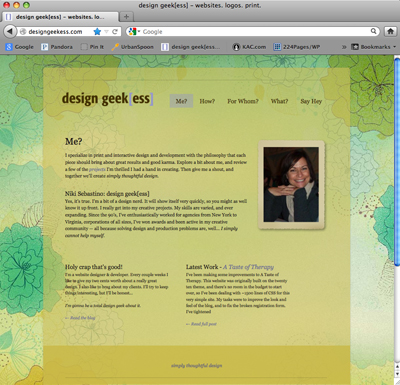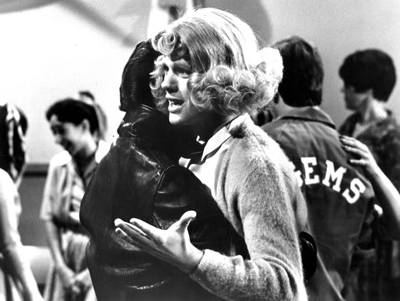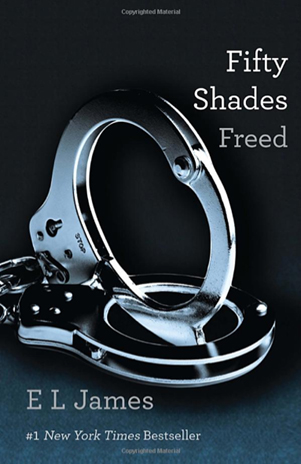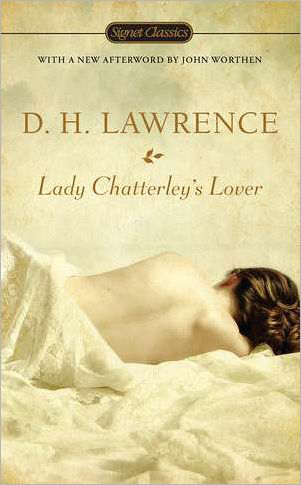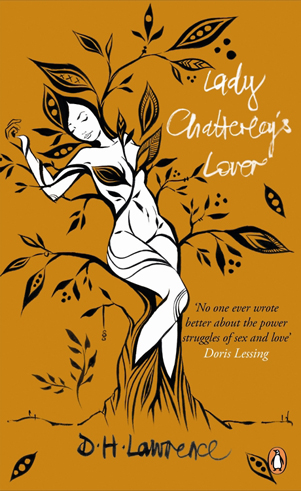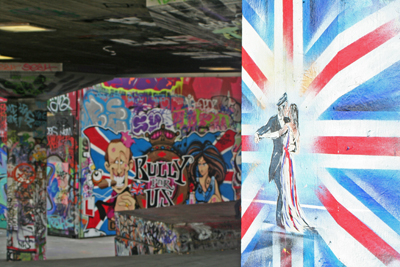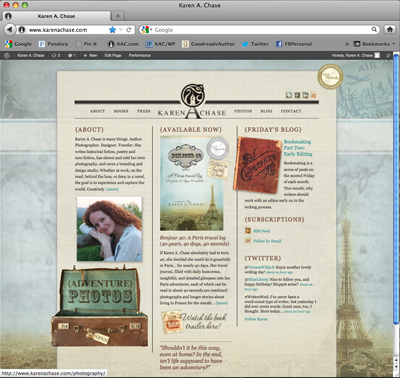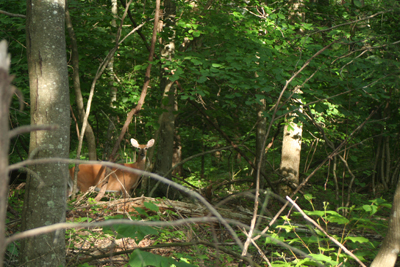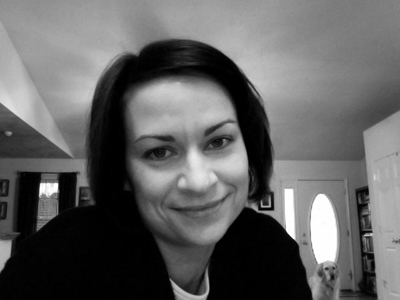
I first met Niki over ten years ago while we were both at a small agency in Southwest Virginia. A designer and production artist, I recall her being two things: funny and curious. Ten years later, she’s not just a designer, but has also taught herself to become a programmer, and so she has shown me a fine example of someone who built a new life for herself.
She is about to begin a new job with a major corporation in their IT development department, and she has her own freelance web programming company, Design Geek{ess}. Although she developed herself in new ways, some things haven’t changed.
We have worked together on several projects, and those two traits I originally saw in Niki are better than ever. Her curiosity drove her to learn new skills, and it has allowed her to reach out for more information–either to online chat groups, other programmers, clients, or online resources–when the work requires it.
Her sense of humor, evident in any conversation, makes her really accessible and small hiccups in projects easily overcome. She is the first to admit she’s a total geek, and she plays with jquery, analytics, new plug-ins and widgets like a kid with a new puppy.
As the lead programmer on my new project, 224Pages, Niki quite frankly steals the show. The design might be mine, but it’s the magic of her programming that allows the site to read like a book.
Below is an image of Niki’s own site, self-programmed of course. Her “What?” section contains a portfolio of her great websites.

